Introduction: Why Commercial Plumbing Compliance Matters
Running a business comes with a long checklist of responsibilities, and plumbing compliance is one that can’t be overlooked. Commercial plumbing systems are more complex than residential setups, serving larger numbers of users and facing stricter regulations. Failure to comply with plumbing codes can result in fines, failed inspections, business disruptions, and even health hazards for staff and customers. Whether you’re opening a restaurant, managing an office complex, or upgrading an industrial facility, understanding commercial plumbing compliance is crucial to your business’s success and reputation.
This guide breaks down what business owners, facility managers, and commercial property landlords need to know about plumbing compliance. We’ll cover the codes that govern commercial plumbing, the steps to pass inspections, best practices for maintenance, and how to avoid common pitfalls. With practical tips and actionable insights, you’ll be better prepared to keep your plumbing systems safe, legal, and efficient—so you can focus on running your business with peace of mind.
Understanding Commercial Plumbing Codes
What Are Plumbing Codes?
Plumbing codes are sets of rules that specify the design, installation, and maintenance standards for plumbing systems. They’re designed to ensure safety, proper sanitation, water conservation, and system reliability. For commercial properties, these codes are often more rigorous than for homes, reflecting higher occupancy, greater usage, and more complex requirements.
Key Codes Governing Commercial Plumbing
- International Plumbing Code (IPC): Adopted by many states and municipalities, the IPC covers most aspects of plumbing system design and installation.
- Uniform Plumbing Code (UPC): Widely used in the western US, this code is similar to the IPC but with regional adaptations.
- State and Local Amendments: Always check for local amendments or additional codes that may apply to your area or business type.
- Americans with Disabilities Act (ADA): Requires certain plumbing fixtures and layouts to be accessible to people with disabilities.
- Health Department Regulations: Especially important for food service, healthcare, and schools, these may mandate specific plumbing features like backflow preventers or grease traps.
How to Find Applicable Codes
Most building departments provide online access to local plumbing codes. Consult a licensed commercial plumber or code consultant early in your project to review which codes apply. If you’re in a leased space, clarify with your landlord who is responsible for compliance.
Planning and Permitting: The First Steps to Compliance
When Is a Permit Required?
Any new installation, major repair, or alteration of plumbing in a commercial building generally requires a permit. This includes:
- Installing or relocating sinks, toilets, or floor drains
- Adding or upgrading water heaters
- Running new supply or waste lines
- Installing specialty equipment (e.g., commercial dishwashers, eye wash stations)
Steps for Securing Plumbing Permits
- Consult Local Authorities: Contact your city or county building department for specific permit requirements.
- Submit Plans: Provide drawings or schematics showing the proposed plumbing work. For large projects, professional engineering stamps may be required.
- Review and Approval: The plans are reviewed for code compliance. Corrections may be requested.
- Obtain Permit: Once approved, you’ll receive a permit to begin work.
- Schedule Inspections: Inspections are required at various stages (rough-in, final) before you can use the new system.
Inspection Readiness: Passing with Confidence
What Inspectors Look For
Commercial plumbing inspections are thorough and focus on:
- Correct pipe sizing and materials
- Proper installation of fixtures
- Leak-free joints and connections
- Backflow prevention devices where needed
- Proper venting and drainage
- Grease traps or interceptors if required
- Accessible shut-off valves
- ADA compliance in restrooms and public areas
Inspection Types
- Rough-In Inspection: Checks pipes and connections before walls or floors are closed up.
- Final Inspection: Ensures all fixtures are installed correctly and the system functions safely.
- Special Inspections: For backflow prevention, grease traps, or medical gas systems.
Best Practices for a Smooth Inspection
- Work with licensed plumbers familiar with commercial codes.
- Keep the job site clean and accessible for the inspector.
- Label shut-off valves and cleanouts clearly.
- Have documentation (permits, plans) on hand.
- Test all systems (water, drainage, gas) before the inspection.
- Address deficiencies promptly—don’t try to hide problems.
Common Compliance Pitfalls in Commercial Plumbing
Improper Pipe Sizing
Undersized or oversized pipes can cause pressure issues, slow drainage, or even code violations. Always use code-approved sizing charts, considering fixture units and anticipated usage.
Incorrect Fixture Placement
ADA regulations and local codes dictate fixture heights, spacing, and accessibility. Restrooms that don’t meet these standards can delay occupancy and invite penalties.
Lack of Backflow Prevention
Backflow devices are mandatory in many commercial applications to protect potable water. Failing to install or maintain them can lead to health hazards and legal liability.
Ignoring Grease Trap Requirements
Restaurants and food service businesses must install and maintain grease traps to prevent clogs in public sewer systems. Skipping this step can result in expensive emergency repairs and fines.
Unpermitted Repairs or Modifications
Even minor changes to plumbing systems often require permits. Unpermitted work can void insurance, cause code violations, and make it harder to sell or lease your property in the future.
Best Practices for Maintaining Commercial Plumbing Compliance
Routine Inspections and Maintenance
- Schedule annual inspections by a licensed commercial plumber.
- Check for leaks, corrosion, and wear, especially in high-traffic areas.
- Test backflow prevention devices per local health department requirements (often annually).
- Service grease traps and interceptors regularly—keep maintenance logs.
- Flush water heaters and check for sediment build-up.
- Inspect emergency fixtures like eyewash stations and ensure they function properly.
Documentation and Record-Keeping
- Keep copies of permits, inspection reports, and maintenance records.
- Document repairs and upgrades, noting dates and contractors.
- Organize warranty information for major fixtures and equipment.
Training Staff and Tenants
- Train employees on the location of shut-off valves and emergency procedures.
- Post signage for proper fixture use (e.g., what not to flush or pour down drains).
- Encourage prompt reporting of leaks, unusual noises, or water pressure changes.
Preparing for Expansions, Renovations, and Change of Use
Assessing Plumbing Capacity
Before expanding your business or changing its use (such as converting office space to a restaurant), review whether your current plumbing system can handle increased demand. You may need to:
- Upgrade supply and waste lines
- Install additional fixtures
- Enhance backflow or grease management systems
Permitting and Code Review
- Submit updated plans to the building department for approval.
- Consult with a commercial plumbing engineer for complex projects.
- Schedule pre-construction meetings with inspectors when possible.
Temporary Compliance During Construction
Maintain safe, code-compliant temporary plumbing for staff or tenants during renovations. Protect exposed pipes and label any out-of-service areas clearly.
Industry Trends and Future-Proofing Your Plumbing
Water Conservation and Sustainability
- Install low-flow toilets, faucets, and urinals to reduce water use and meet new codes.
- Consider greywater systems (where permitted) for irrigation or flushing.
- Monitor for leaks with smart water meters and automated alerts.
Technology Upgrades
- Touchless fixtures for improved hygiene in public restrooms.
- Remote monitoring and leak detection systems integrated with building management software.
- Digital recordkeeping for compliance and maintenance logs.
Staying Ahead of Code Changes
- Sign up for updates from your local building department or trade association.
- Budget for periodic upgrades as codes evolve (e.g., new water efficiency standards).
- Establish a relationship with a code-savvy commercial plumber who can flag changes early.
Conclusion: Making Compliance a Competitive Advantage
Commercial plumbing compliance isn’t just a box to check—it’s a foundation for your business’s safety, efficiency, and reputation. By staying up to date with codes, securing the right permits, and preparing for inspections, you reduce the risk of costly mistakes, protect your customers and staff, and avoid disruptions that can impact your bottom line. Proper documentation and regular maintenance help ensure that small issues don’t turn into expensive emergencies, while training staff empowers your team to act quickly when problems arise.
Proactive compliance also positions your business as a trustworthy partner to clients, tenants, and regulatory agencies. You’ll be ready for expansions, code updates, and evolving customer expectations, all while maintaining the safety and integrity of your facilities. Don’t let plumbing compliance become an afterthought—make it a core part of your business strategy, and you’ll reap the rewards in operational stability, risk reduction, and peace of mind. Whether you’re new to commercial property management or a seasoned business owner, partner with experienced professionals and stay informed. Your business—and everyone who relies on your facility—will be better for it.
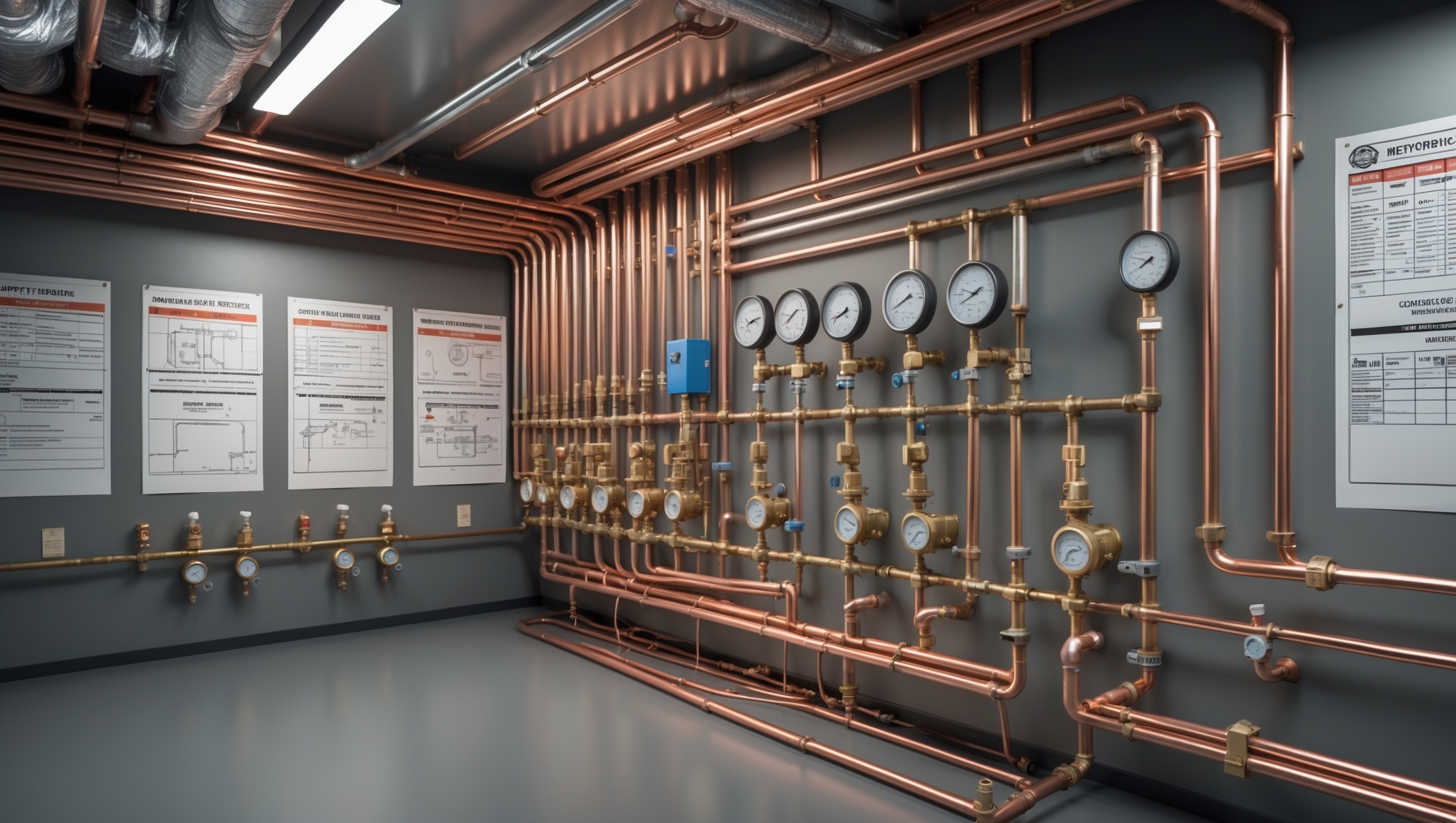
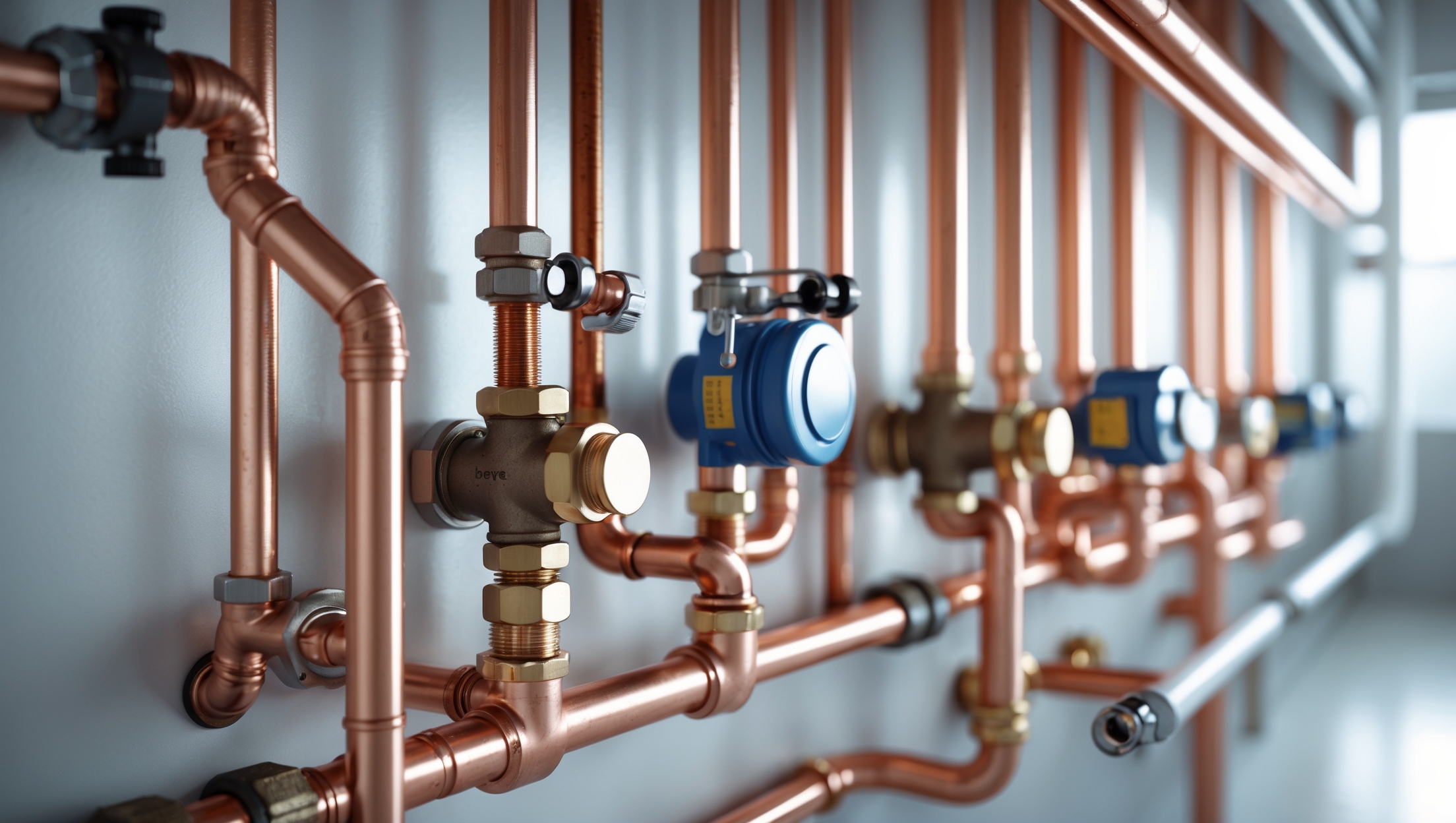

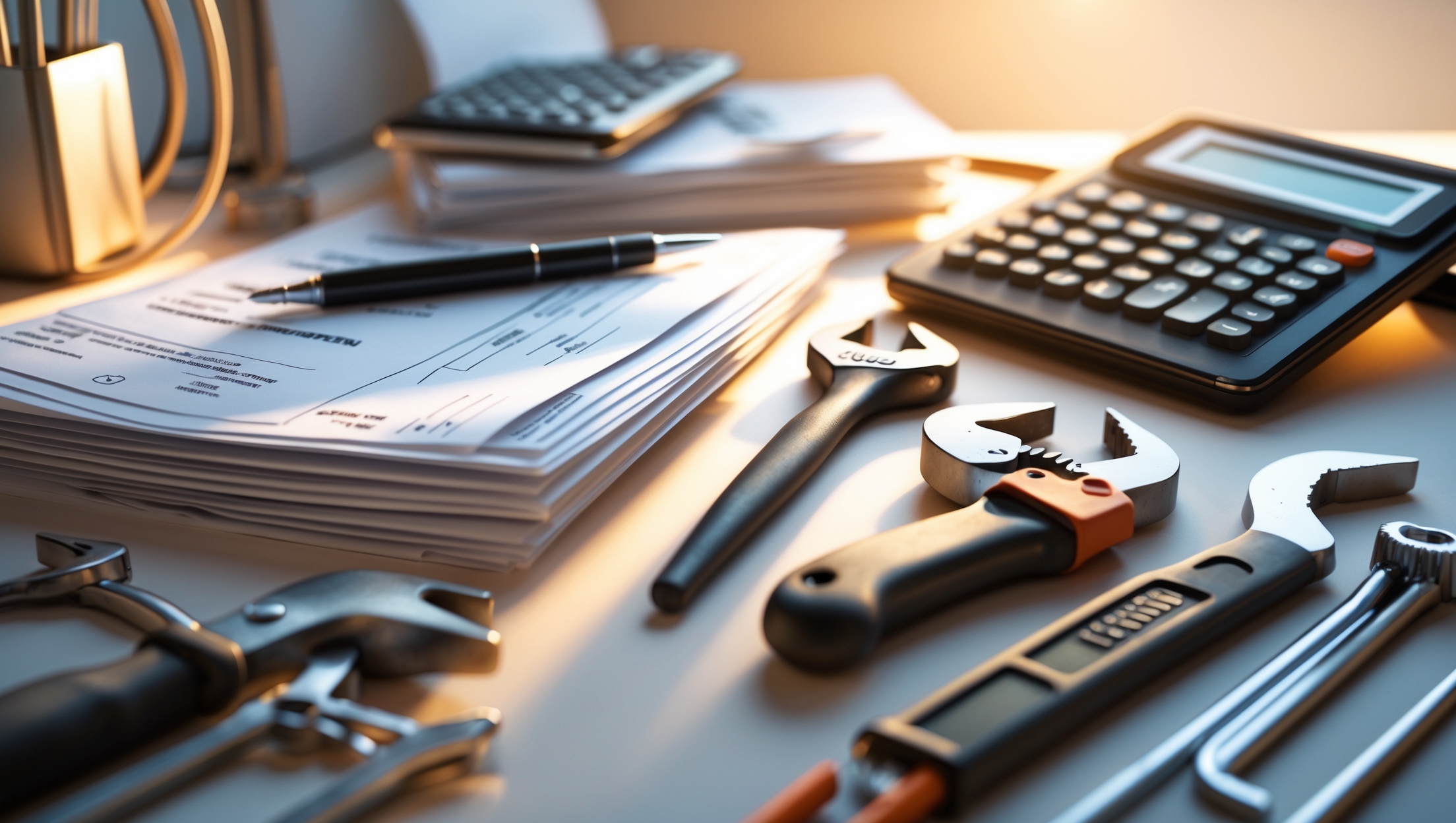
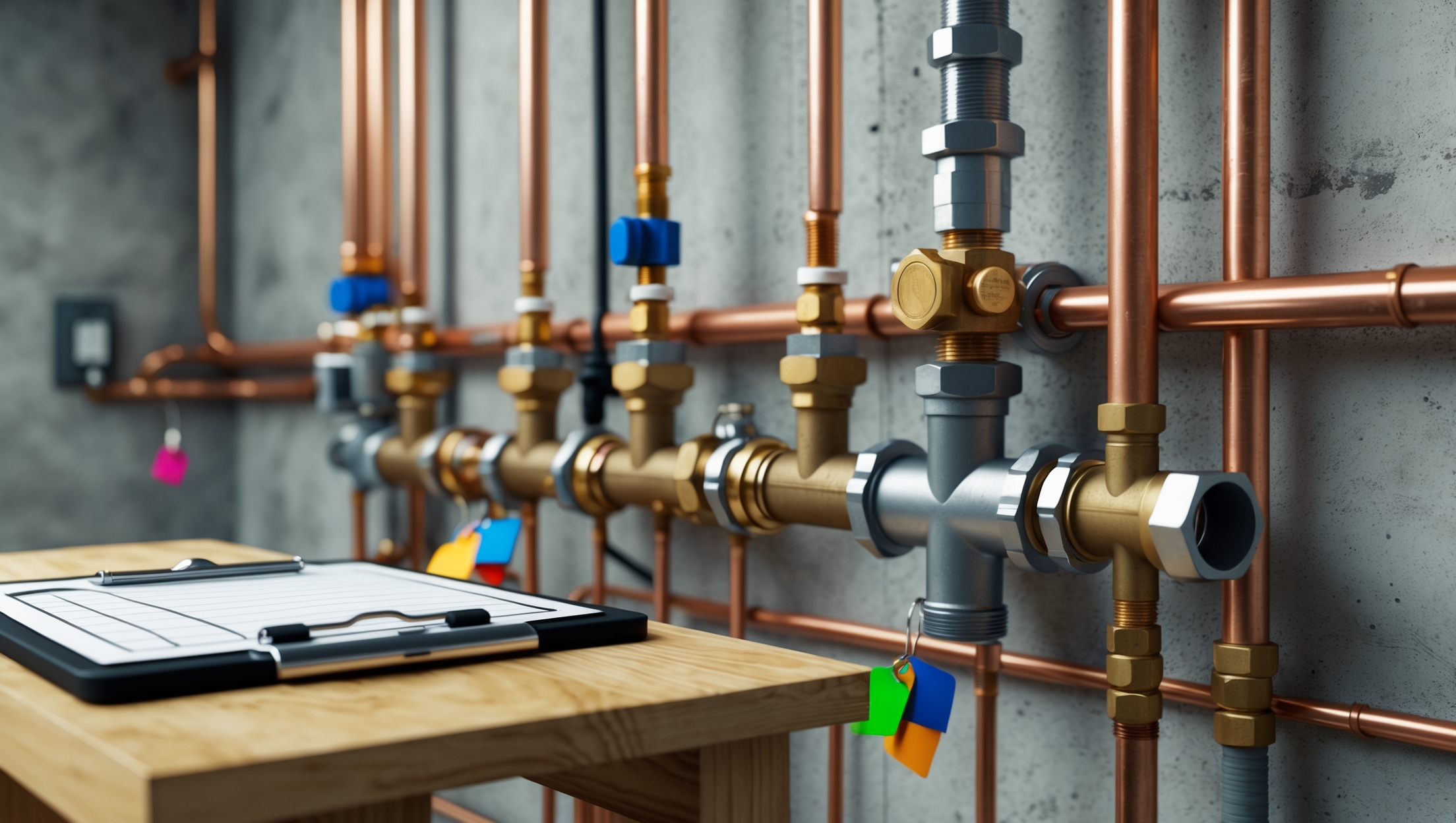
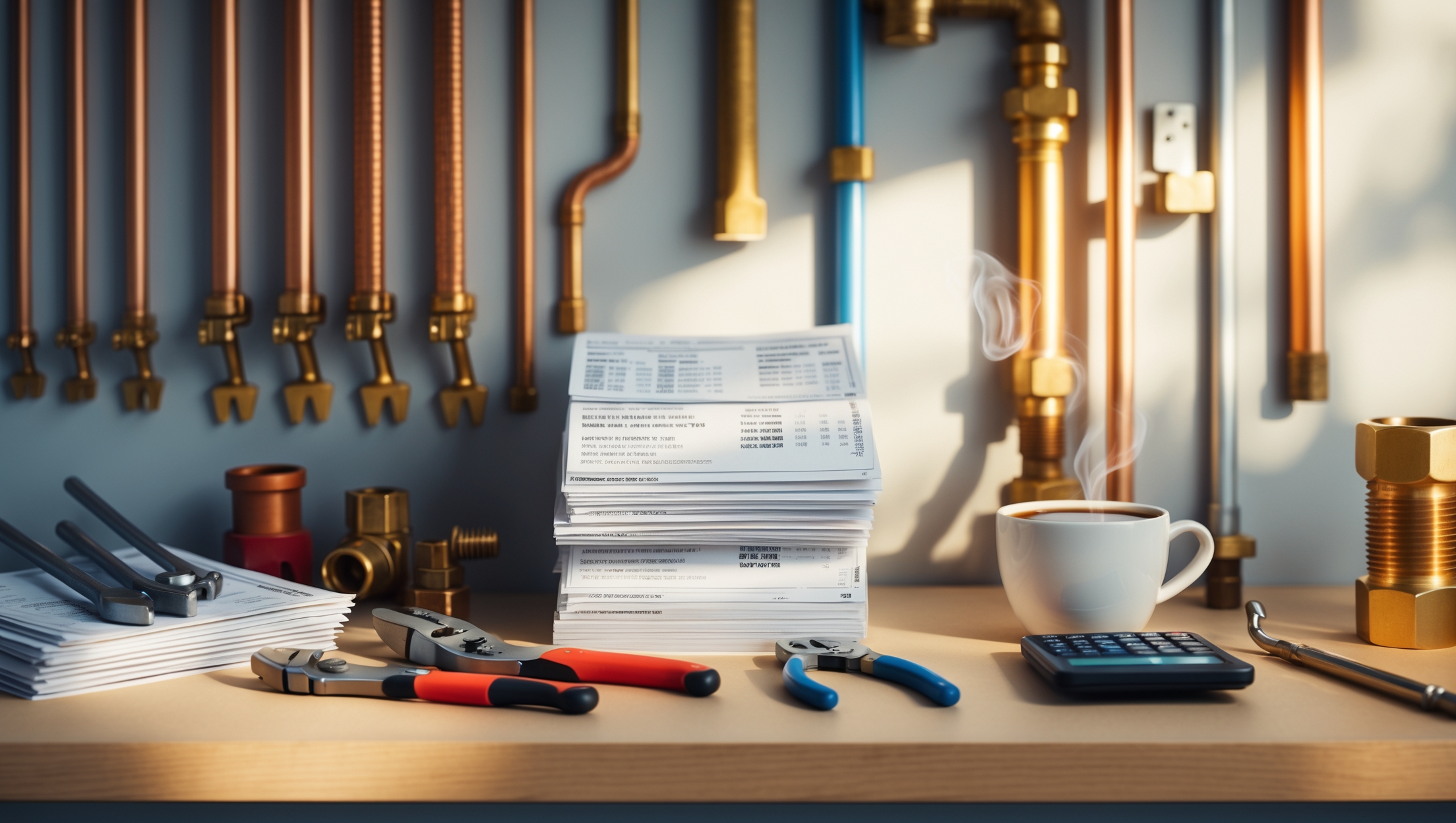
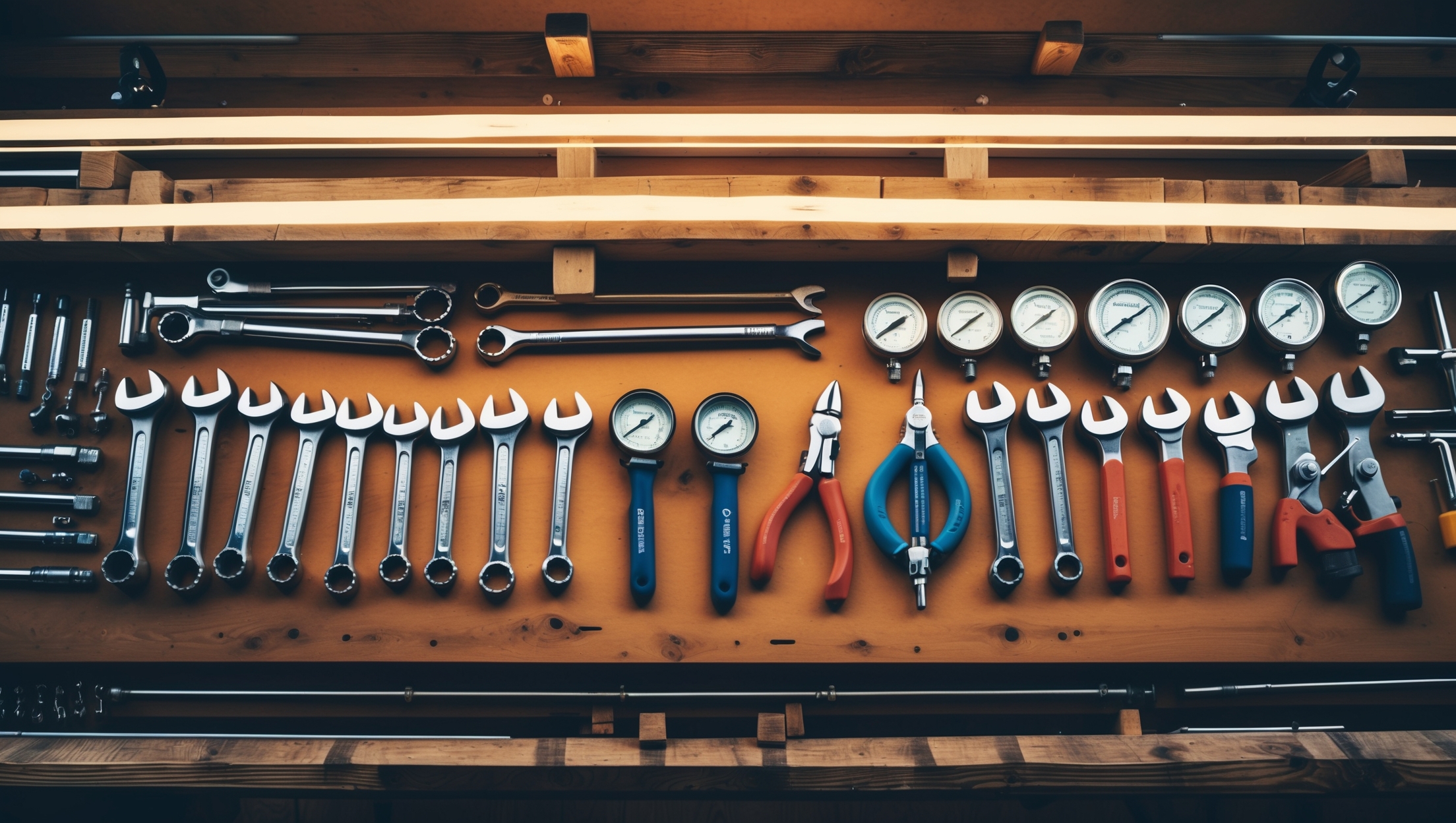
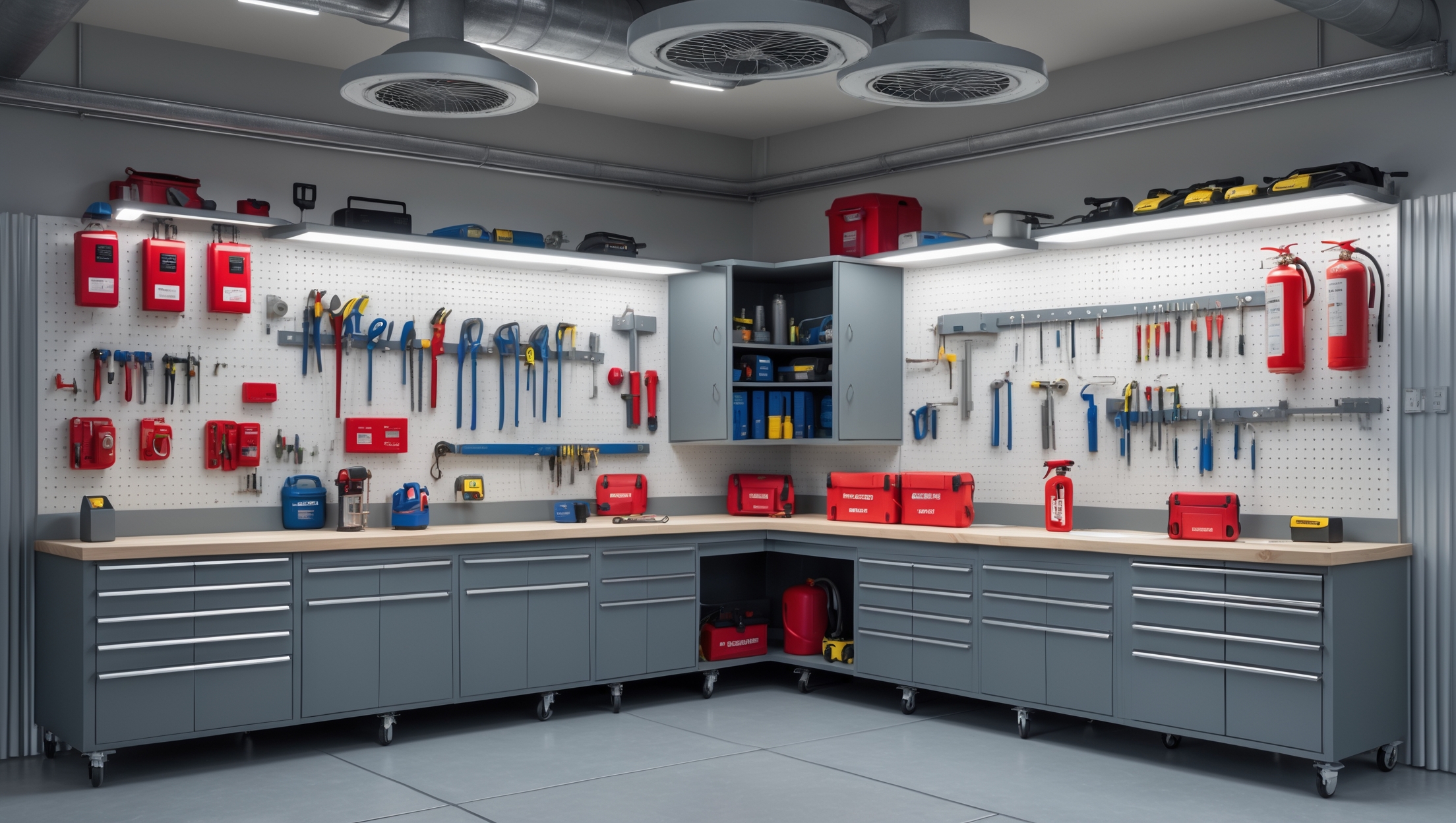
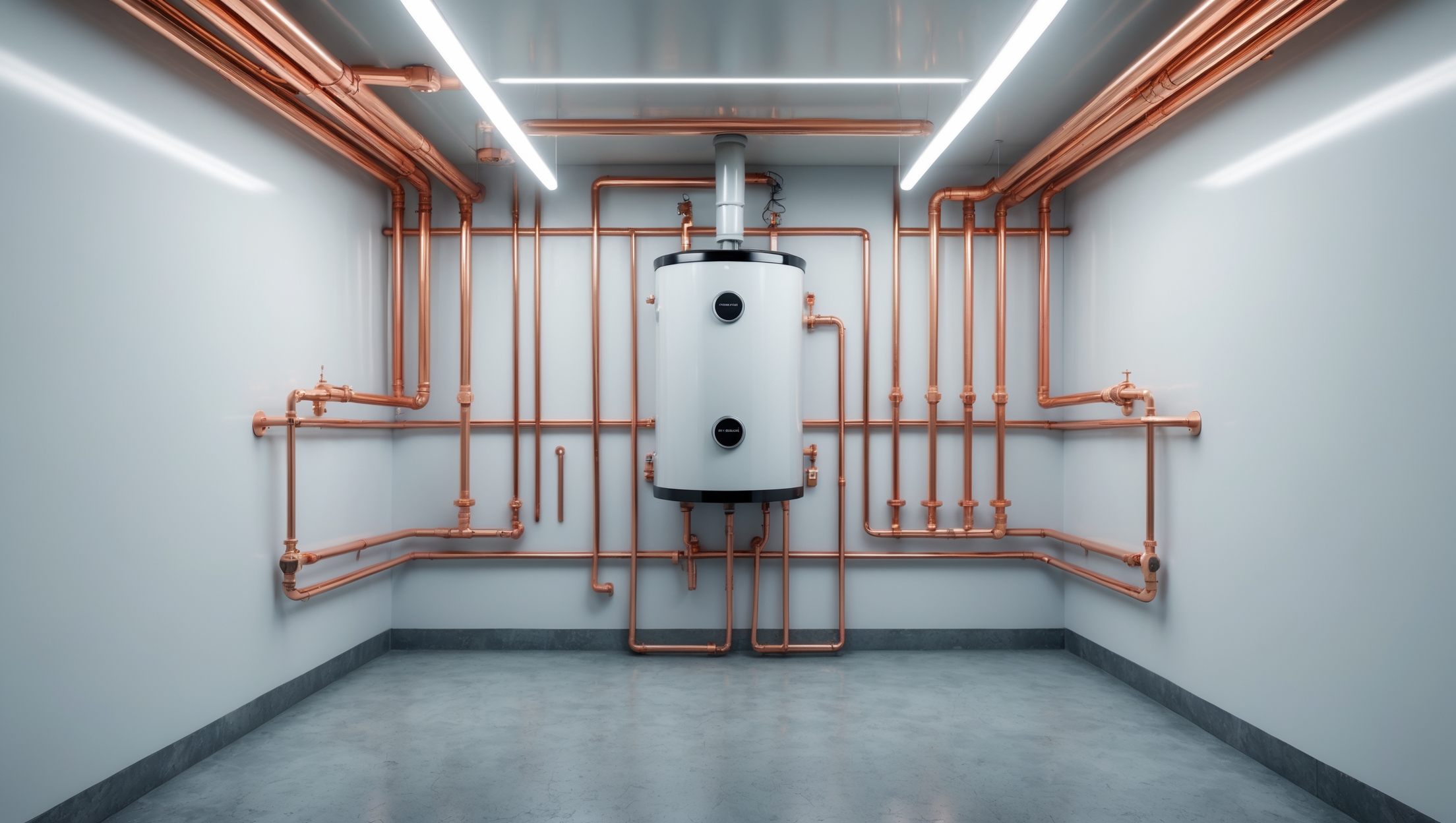
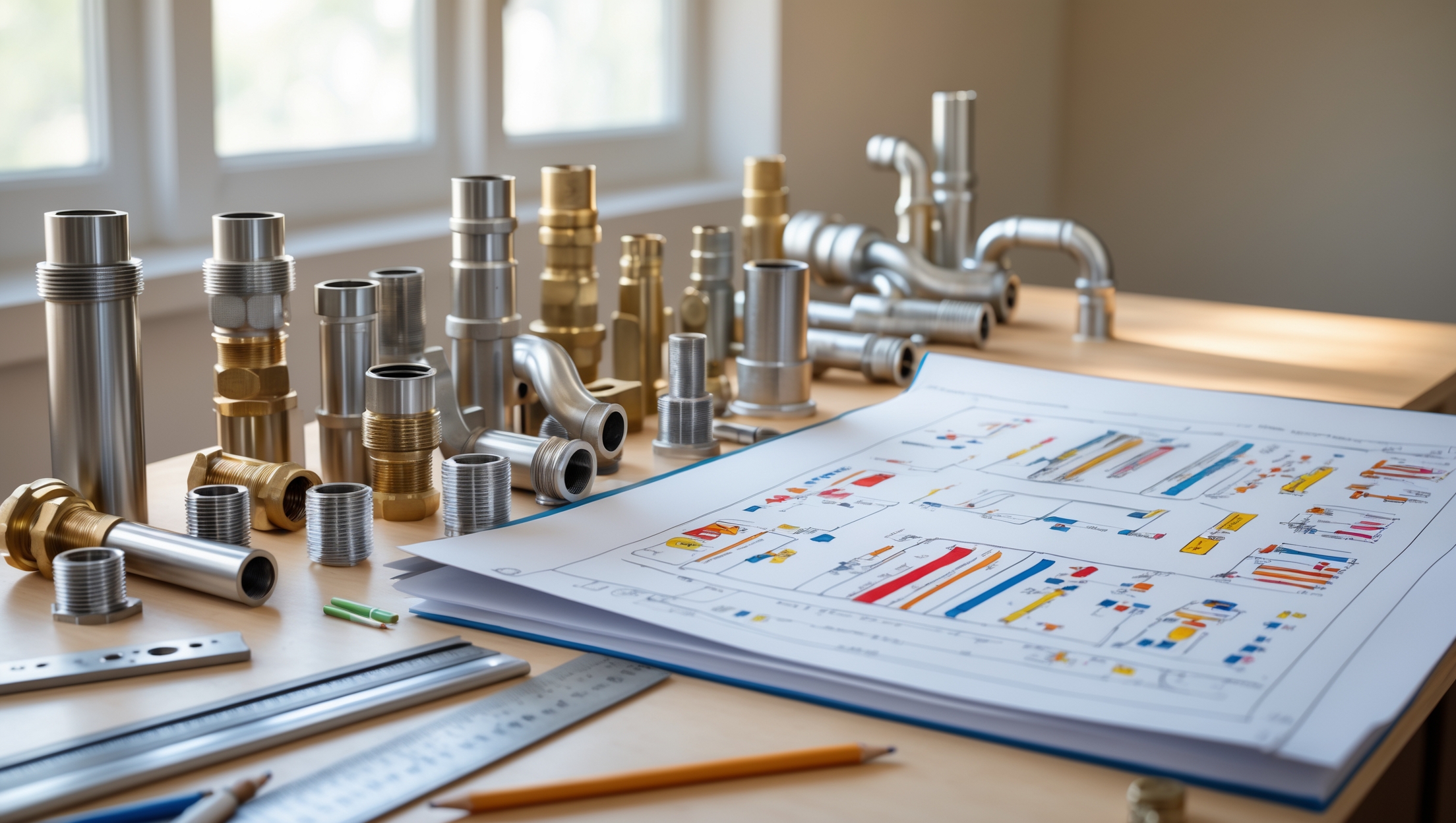
Margaret Lewis
I would love to know what kind of ongoing maintenance schedule is recommended for commercial plumbing systems to stay compliant and avoid unexpected disruptions. Does it vary depending on the business type?